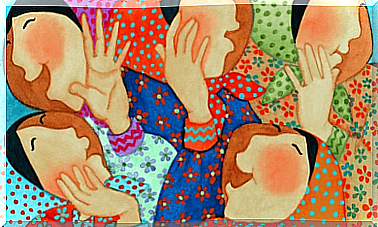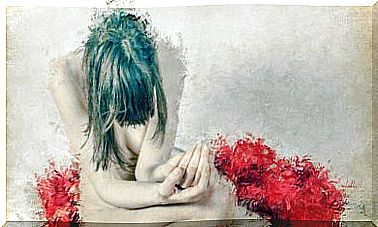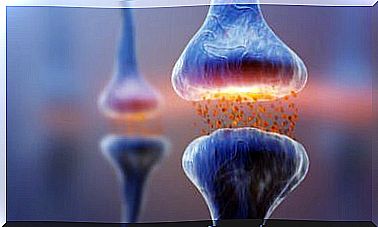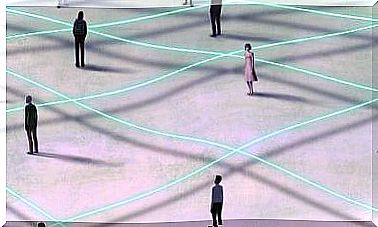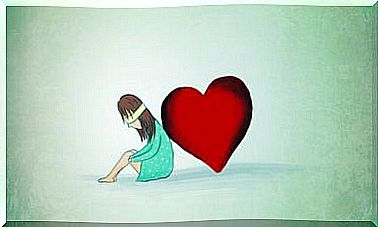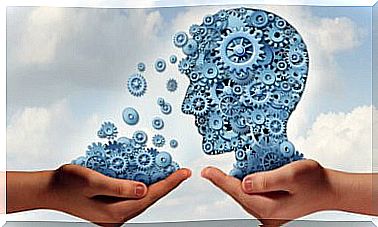Family Myths And Their Effect

Family myths are fictitious beliefs and hopes shared by an entire family. Such beliefs have to do with the family itself and the ties that bind it. They are assumed as “truths” and determine the individual and collective behavior of that human group; they also determine the roles of each.
The most common is that family myths are preconscious ; that is to say, that they move on the border between the conscious and the unconscious. This means that the family admits to having certain beliefs, but it is not clear to what extent it reaches, or why those ideas are considered valid.
Although family myths are defined as a fictitious belief, the truth is that behind them there are almost always truths that are painful or intolerable for the family. In general, the clues to these myths are found in the secret or implicit rules that each family group implements within it.
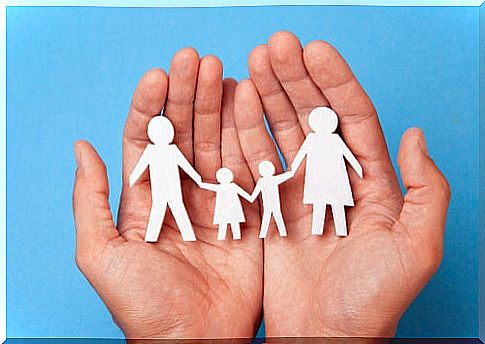
The characteristics of family myths
One of the characteristics of family myths is that they take shape mainly in the assignment of roles in the family. These beliefs define who is “the black sheep” or what is the “role model”, and so on. The most common is that there is strong resistance to changes in these roles; even in some cases this becomes a taboo subject.
Other characteristics of these myths are the following:
- They shape intra-family relationships.
- They represent the image that the family has of itself.
- Any attempt to change beliefs results in strong resistance.
- They fulfill the role of covering up a reality that the family refuses to accept.
- They always have a basis of truth.
- They are passed down from generation to generation.
- They are present in all families, to a greater or lesser extent.
- They represent the way the family relates to culture.
These myths are basically of three types: of harmony, of apology and reparation and of salvation. Let’s see.
Harmony myths
Harmony myths correspond to those families that build an idyllic image of themselves. They develop a whole series of behaviors to convince themselves that balance, unity and fraternity among all their members prevail. It is as if within that family group there were no problems.
In general, this type of family builds that image towards others. There is a guilt that you want to cover up and the idea of perfect harmony serves as a means so that they are not investigated or judged by others. There is often depression and boredom in these family groups, as well as strong unresolved hostilities.
Myths of apology and reparation
The myths of apology and redress are a bit more complex, as they involve a deeper elaboration. In this case, what happens is that the responsibility for misfortunes or family problems is placed on one or more people. These people can be alive or dead. Sometimes someone outside the family, but who is related to it, is also blamed.
The most obvious example is that of the “scapegoat”; whoever occupies that role is blamed for what is not working well or for the problems that exist. This relieves other members of the family from responsibility. What operates in this case is fundamentally a projection mechanism; in this case, collective.
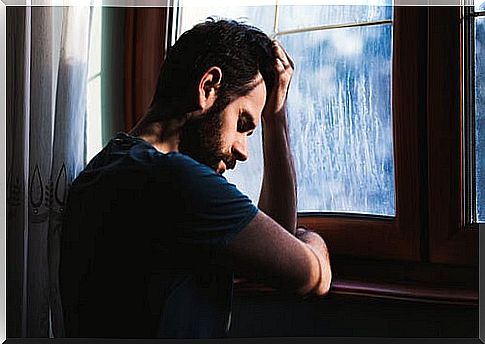
Salvation myths
When family myths of salvation are present, family members construct the figure of the “mythical savior. ” This is a character from whom a redemptive intervention is expected, either in the face of a specific problem or difficulties in general. Savior is believed to have the power to provide what is needed or unlock what is not working.
The figure of the mythical savior can be embodied in one of the family members, but it can also be someone external. It is very common for family groups to assign this role to the psychologist, when they are in a therapy process.
The more pathological the family relationships, the more frequently these myths tend to appear and consolidate. These are the wrong path to address, without addressing, problems that need to be updated in your approach and fixed.
